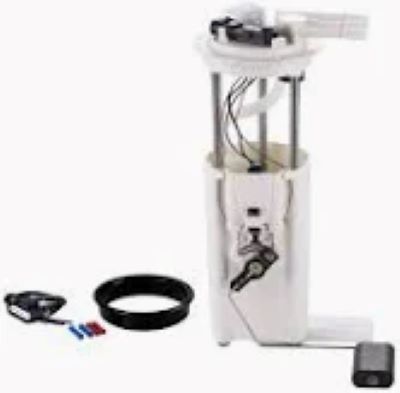Various components make the connection between a fuel pump, a vehicle's fuel system and electrical system so that its delivery of fuel is accurate. The fuel pump itself is connected to the fuel line, which carries gas from the tank into your engine and runs through or near where your car's gas tanks are. High Pressure: High-pressure fuel lines deliver plenty of unmolested flow (usually rated to handle pressures up to 70 PSI or greater), and they are both the backbone for a healthy rate, keeping engines properly fed. The fuel pump fittings need to be leak proof as well, with high corrosion resistance by being constructed from stainless steel or specially-treated rubber compounds.
The electrical current and the distribution of electricity is maintained by an electrical relay through a special fuse to it, in which the fuel pump can be attached. When the ignition is switched on, the fuel pump relay sends voltage through its wiring to allow power at that corresponding segment of wire and in turn supplies gas pressure to feed your engine. It stops the pump getting over voltage, it usually runs between 12 and 14 volts. It is important to keep the voltage provided constant as if it falls below 11 volts, fuel flow could be reduced by up to around 10% with effects on the engine performance and thus consumption of gasoline.

In most passenger cars, the return-line runs in parallel to main feed line and any excess fuel returns back to the tank. This line is used for pressure within the system as it reduces fuel pump stress by help keeping a consistent pressure and temperature. By installing a fuel pressure regulator, it will set the PSI on where you want your pump to work at and stops pumping when there is no need which extends the life of your truck's pumps for 20%.
Electrical problems can be avoided through best practices during installation – see the right systemThe most essential aspect to prevent… One of the consequences of inadequate grounding is increased electrical resistance, which means more heat and eventual pump failure. Specialists like AEM advocate using thicker gauge wiring for high-performance applications that will be dealing with more current loads, especially in the case of turbocharged engines. Keeping solid connections and putting quality pieces in the Fuel Pump means it will run well every time helping to build a strong, reliable vehicle that lasts.